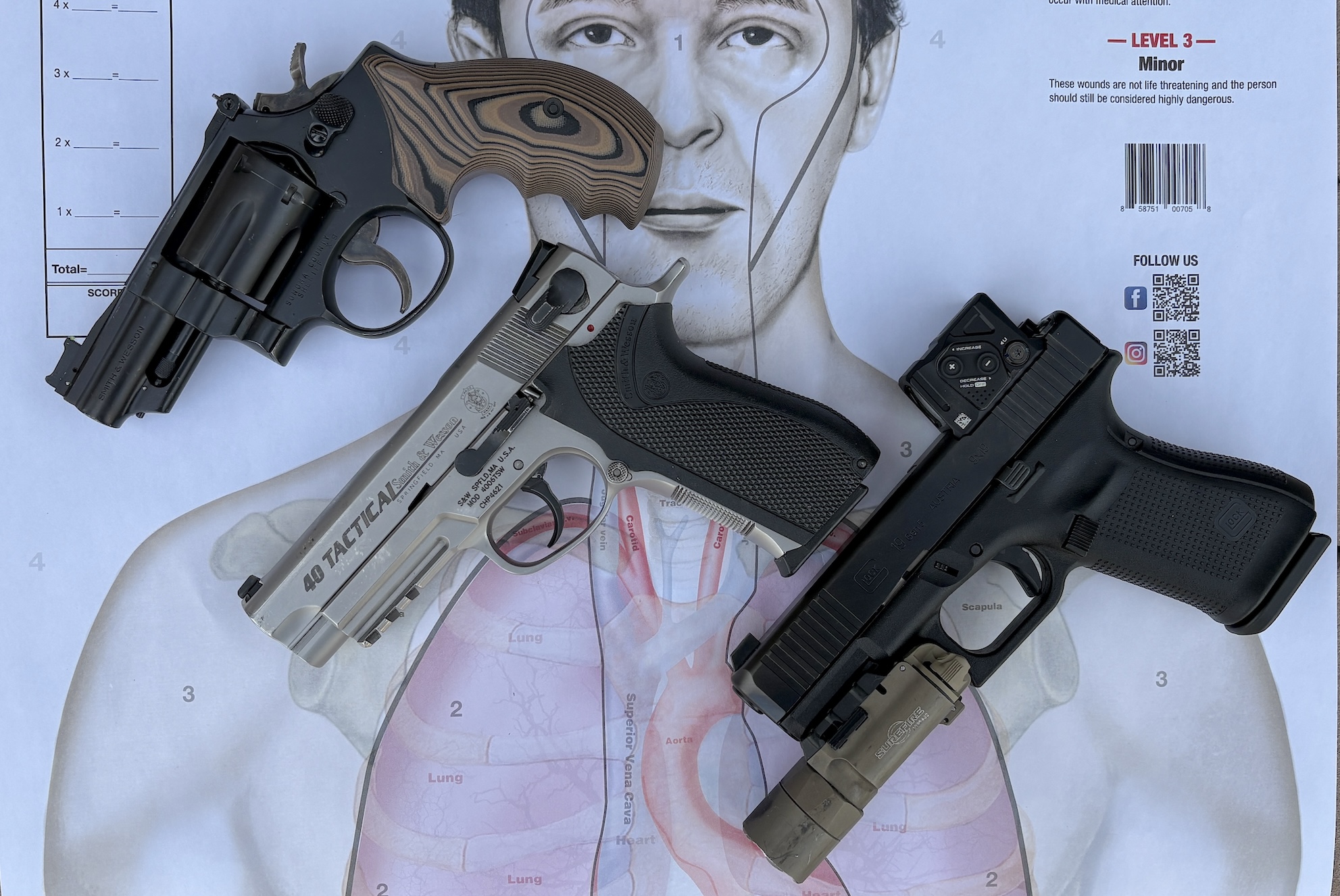
AC-092021-Life-Skill-Normalcy-Bias
Bad things happen to good people. Anything bad that can happen to you anywhere or anytime is referred to as an “active threat.” An active threat can be anything from an act of terrorism to an active shooter at work, at school, when you’re out shopping or at a restaurant. It can include crimes such as a mugging, human trafficking, home invasion, cyber-attacks, identity theft and random acts of physical violence.
If it bleeds it leads. Active threats occur so frequently now that only the headliners make the news. We, as a society, have become more desensitized to them as they become more commonplace. Regardless of how desensitized we may be, though, violent physical attacks on people who are unaware and unprepared for them, are considered the norm.
It is part of our reality today, that we must think about what we would do if we were caught in an active threat. However, most people don’t know, don’t want to know or don’t care. They think, “It will never happen to me or my family.” They cannot wrap their minds around the fact that this is a fact of life today.
Normalcy bias is a mental state you enter when confronted with an overwhelming threat. It makes you disbelieve your situation when faced with grave and imminent danger. Initially hypothesized in 1961, this phenomenon causes you to underestimate the severity and the most likely consequences. This underestimation, in turn, causes you to reinterpret the event instead of taking evasive or decisive action.
An historical example of normalcy bias dates as far back as the ancient Roman resort city of Pompeii, where, in August, 79 AD, Mount Vesuvius blew its top. Near to the eruption date, Vesuvius started coming to life.
Ancient Roman historian Pliny the Younger, whose letters described his experience during the eruption, recorded the events of this increased activity. He wrote that the Romans were not particularly alarmed because the earthquakes were so frequent. Normalcy bias assured them they had nothing to worry about and that everything was going to be just fine.
The residents of Pompeii had become accustomed to the quakes. Four days prior to the eruption, the earthquakes began to increase in frequency. Noxious air, falling volcanic rock and multiple quakes continued to harass townsfolk but these “normal” warnings were not heeded.
On August 24, 79 AD, the first eruption was a high-altitude ash column. At this point, some of the population interpreted this as a definitive warning and fled. The majority, influenced by normalcy bias, did not. It was the next day, August 25, 79 AD, when the main eruption began. Pyroclastic flow of 600 degrees moved at 450 mph toward the base. Those remaining near the volcano were killed in a split second. At this point, there was no longer any opportunity to escape. An estimated 16,000 people remaining in the city were killed. The cities remained buried and undiscovered for almost seventeen hundred years, until excavation began in 1748.
Normalcy bias is a mental state you enter when confronted
with an overwhelming threat. It makes you disbelieve your situation
when faced with grave and imminent danger.
One of the most tragic examples of the devastating effects of normalcy bias occurred less than two hundred years after that excavation. At the onset of Nazi Germany, despite increasing persecution, including official discrimination, harassment and oppression, many Jews decided to stay. History reminds us of the holocaust that followed.
As humans, we don’t want to feel anxiety or fear. We cling to what is familiar and comfortable. Normalcy bias is a self-soothing, subconscious response to danger to lower our anxiety and fear. In this mental state, we reinterpret new information and new situations, so they become, in some way, normal and non-threatening to us. You might expect decisive people to be assertive and flaky people to unravel. But when nothing is normal, the rules of everyday life do not apply, and normalcy bias prevails.
How can we defeat normalcy bias? Researchers around the globe continue to search for answers to that very question. Two researchers from the Department of Sociology at Tokyo University, Shunji Mikami and Ken’ichi Ikeda, have done a tremendous amount of research on this subject and what can be done to defeat this mental state. The following is information about what Mikami, Ikeda and other researchers have found.
People need information to act. If the information coming at them is new and unfamiliar, if they don’t know what to do, they cannot act in critical moments. They become frozen while trying to process incoming information from their environment. Mikami and Ikeda found that people who survived a disaster had done so by preparing for the worst-case scenario—planning and running drills, running responses and repetition.
According to the experts, people who survive are the sort of people who prepare for the worst and practice ahead of time. These people don’t deliberate during calamity because they’ve already done the deliberation the other people around them are just now going through. People who do not prepare remain in a state of normalcy bias. When faced with danger, they become mentally paralyzed. Everything is unfamiliar, and the time it takes to process incoming information could cost them and their loved ones their lives.
Practice does not necessarily refer to physical only. Visualization is a mental practice that can be performed without accompanying physical movement. Visualization has been proven to be equally effective as physical practice in reducing processing complexity and increasing the speed of familiarization. Brain studies reveal that thoughts produce the same mental instructions as actions. Mental imagery impacts many cognitive processes in the brain: motor control, attention, perception, planning, and memory. So, the brain is getting trained for actual performance during visualization.
It’s been found that mental practices can enhance motivation, increase confidence and prime your brain for success. Training or running drills and responses, even in thought or visualization, pre-loads information in your conscious and subconscious mind. It creates familiarity, so the process is no longer complex and cumbersome, which frees your mind from paralysis and allows you to act. Defeating normalcy bias increases your chances of not only surviving an active threat, but helping to prevent one.
You can defeat normalcy bias if you:
1. Acknowledge that normalcy bias exists.
2. Understand how it affects you and that it can be defeated.
3. Stack the deck in your favor with training.
Training includes thinking about what you would do. Playing the “what if” game and repeating those drills mentally or physically compresses the information-processing timeline. Using your mind’s eye, visualization, you can create familiarity, freeing you to act sooner.


 (No Ratings Yet)
(No Ratings Yet)












